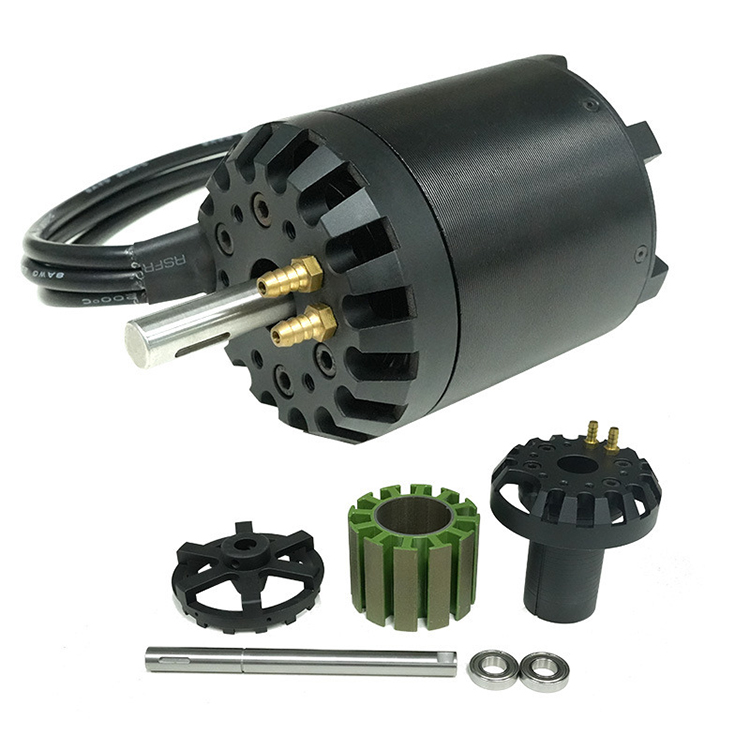Electric surfboards are gaining popularity among water sports enthusiasts for their high-performance capabilities and thrilling ride experiences. At the heart of their propulsion system is often a heavy load brushless DC motor for electric surfboard use, designed to deliver strong torque, sustained power output, and efficient energy conversion in demanding marine environments. However, just like any complex mechanical system, a heavy load brushless DC motor for electric surfboard operation requires routine and attentive maintenance to ensure safety, performance, and longevity.

These motors must deliver consistent torque output and resist the effects of water intrusion, corrosion, heat buildup, and mechanical vibration. Maintenance is not just about keeping the motor clean—it's about protecting internal components, sensors, and electrical connections that are critical for function.
The step in maintenance is understanding how your heavy load brushless DC motor for electric surfboard is designed to operate. Review manufacturer guidelines for recommended usage parameters, such as voltage, current draw, and run time before allowing cool-down periods. Overloading or pushing the motor beyond its rated limits can accelerate wear and increase the need for repairs.
After each ride—especially in saltwater—it is essential to clean your heavy load brushless DC motor for electric surfboard thoroughly. Salt and mineral deposits from seawater can corrode metal surfaces, damage connectors, and even affect the motor bearings. Use fresh water to rinse the external surfaces of the motor and surrounding hardware.
Avoid using high-pressure sprays directly on the motor housing, as this can force water into sealed sections. Instead, apply gentle, low-pressure water along with a soft brush or sponge to remove dirt, algae, or sand. It's also wise to rinse the cooling system or intake pathways, if applicable, to maintain heat dissipation in your heavy load brushless DC motor for electric surfboard.
After cleaning, allow your heavy load brushless DC motor for electric surfboard to dry completely before storage. Moisture trapped in or around the motor can contribute to rust formation or electrical short circuits, especially if the surfboard is stored in humid environments. Using a dry cloth to wipe surfaces and applying compressed air to connectors or vents can help speed up the drying process.
If your heavy load brushless DC motor for electric surfboard includes a water-cooling loop, inspect it regularly for signs of leaks, mineral buildup, or mold, and flush it as needed with fresh water.
The motor's performance also depends on the condition of its electrical connections. Examine all connectors, terminals, and sensor plugs linked to your heavy load brushless DC motor for electric surfboard. Look for signs of corrosion, fraying wires, or loose fittings. Use dielectric grease on terminals to prevent corrosion and ensure secure, waterproof electrical contact.
Proper alignment and secure fitting of the connectors ensure smooth communication between the motor, ESC (electronic speed controller), and power supply. Malfunctions or poor connections can signal errors or motor overheating.
Many modern electric surfboards utilize programmable ESCs to control motor output. Ensure that the ESC settings match the specifications of your heavy load brushless DC motor for electric surfboard, including timing, startup sequence, current limits, and thermal protection thresholds. Manufacturers may release firmware updates that improve efficiency or safety features, so periodic software checks can also support long-term motor health.